The
Simurgh
you can touch the artefact here
you can touch the artefact here
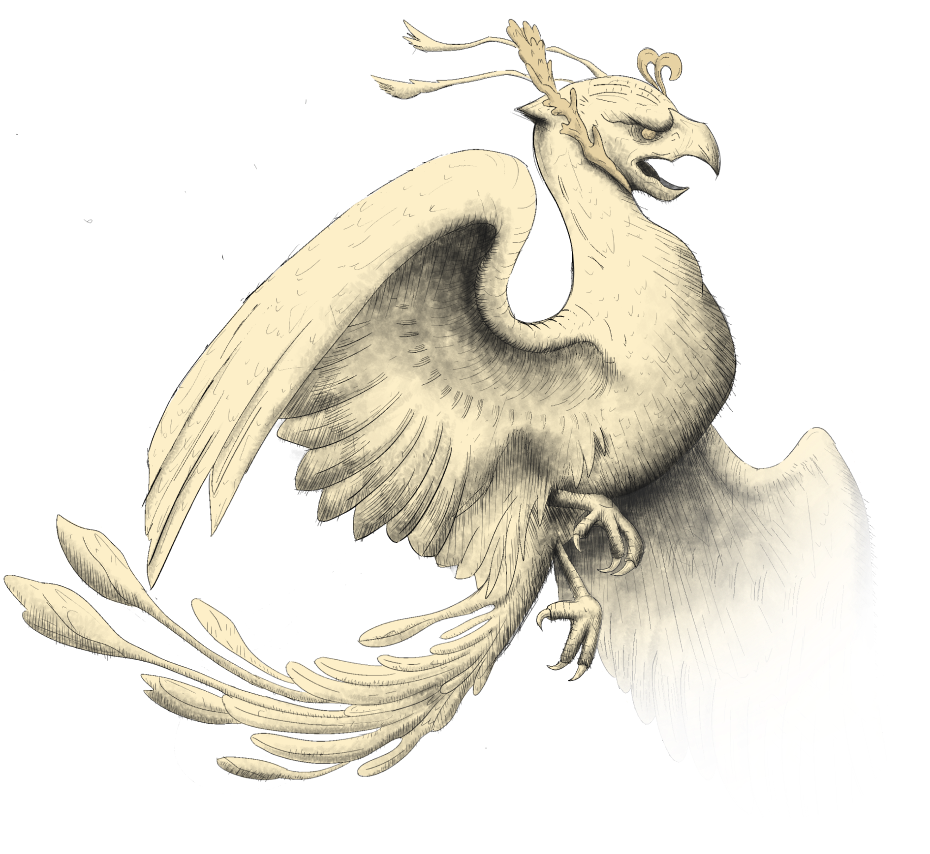
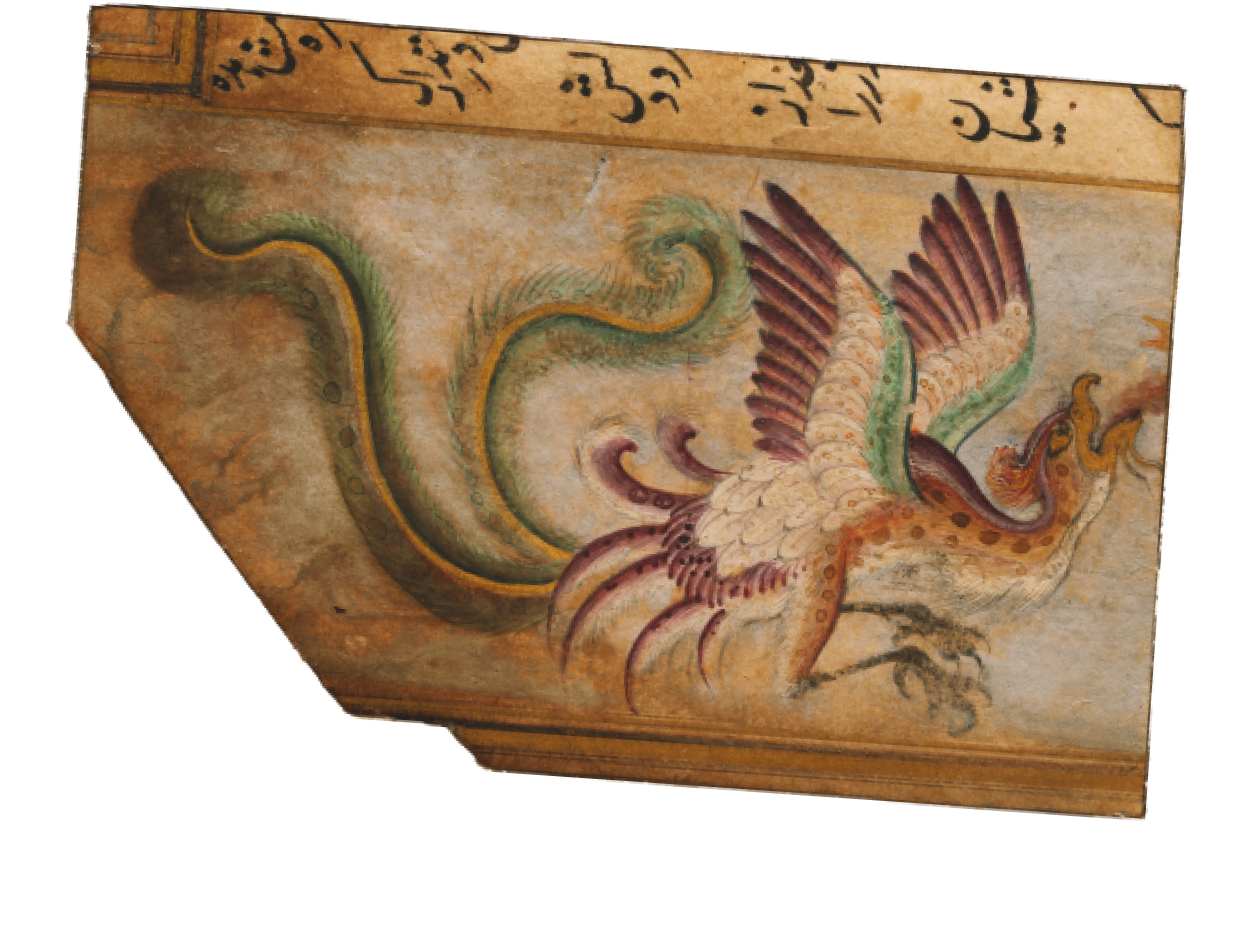
Is a mythical bird with many avatars. She appears in a hand-painted storybook in the Museum written 447 years ago, called the Anvar-i-Suhaili.
-
What am I looking at?
An Indian Miniature painting of the Simurgh from the Anvar-i Suhayli book (Panchatantra).
-
What does it mean in different Iranian languages?
In Persian - si means ‘thirty’ and murgh means ‘birds’. In Pahlavi - sin murgh means ‘eagle bird’
-
How old is this painting?
It was made in 1575 CE, over 447 years old!
-
How big is this book and did someone have it made?
The book is exactly 15.7 x 24.8 cm. The Mughal emperor Akbar had this book made for his 6-year old son Salim.
KNOW MORE
-
1
Wide wings with many colours
-
2
Has a long tail
-
3
Talons that look like those of an eagle
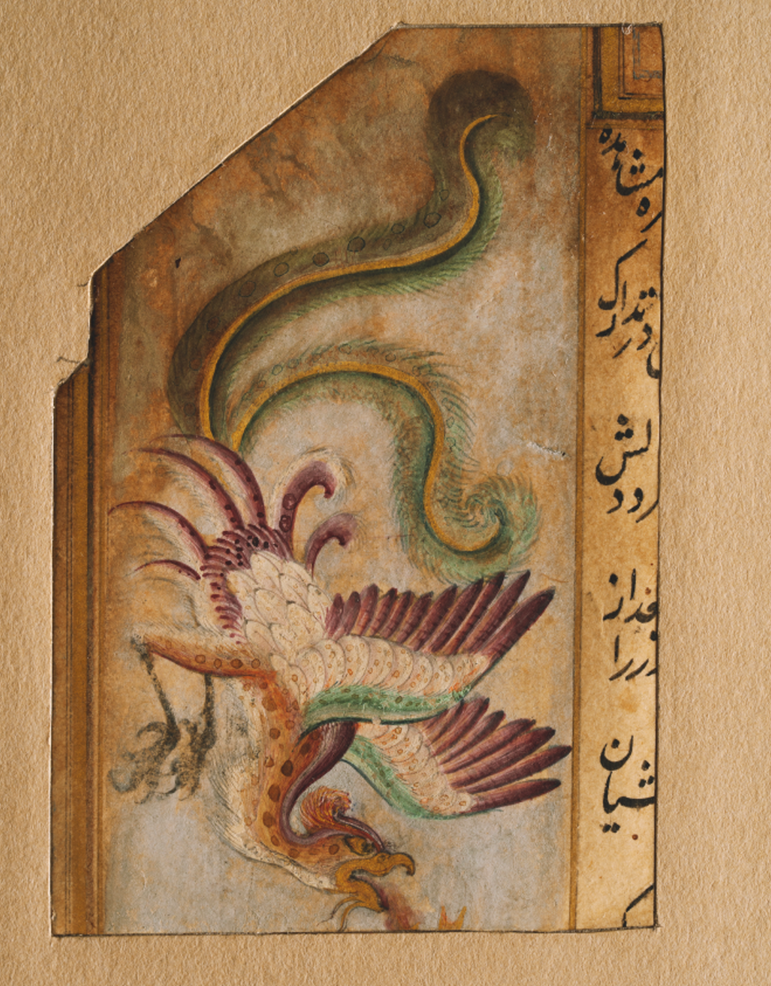
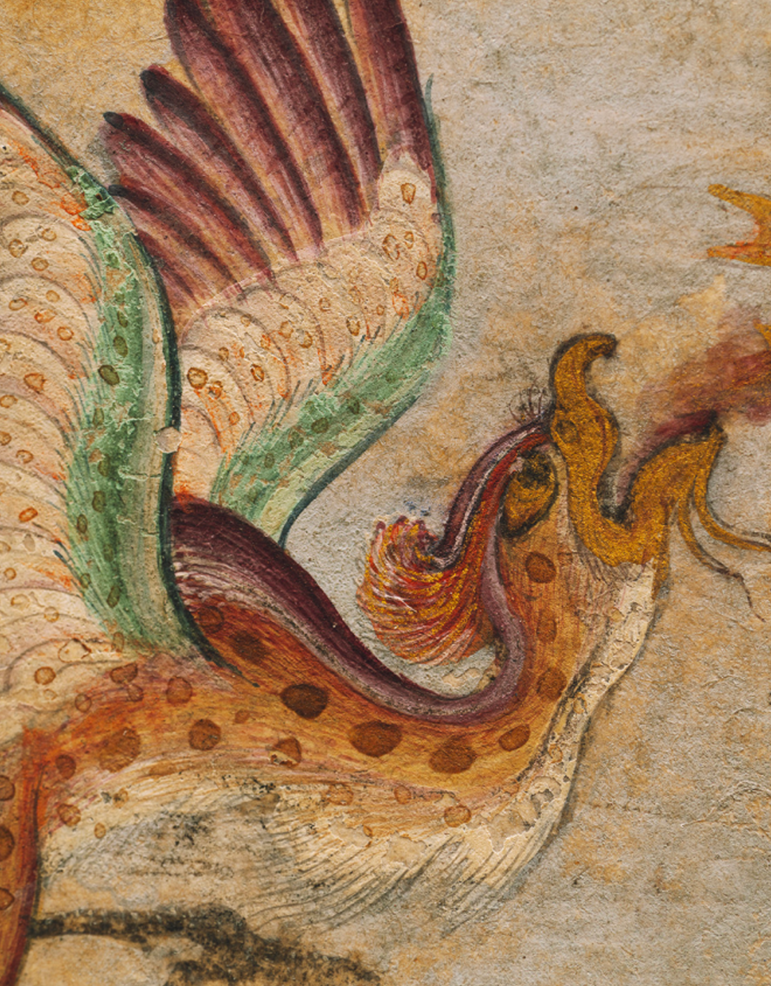
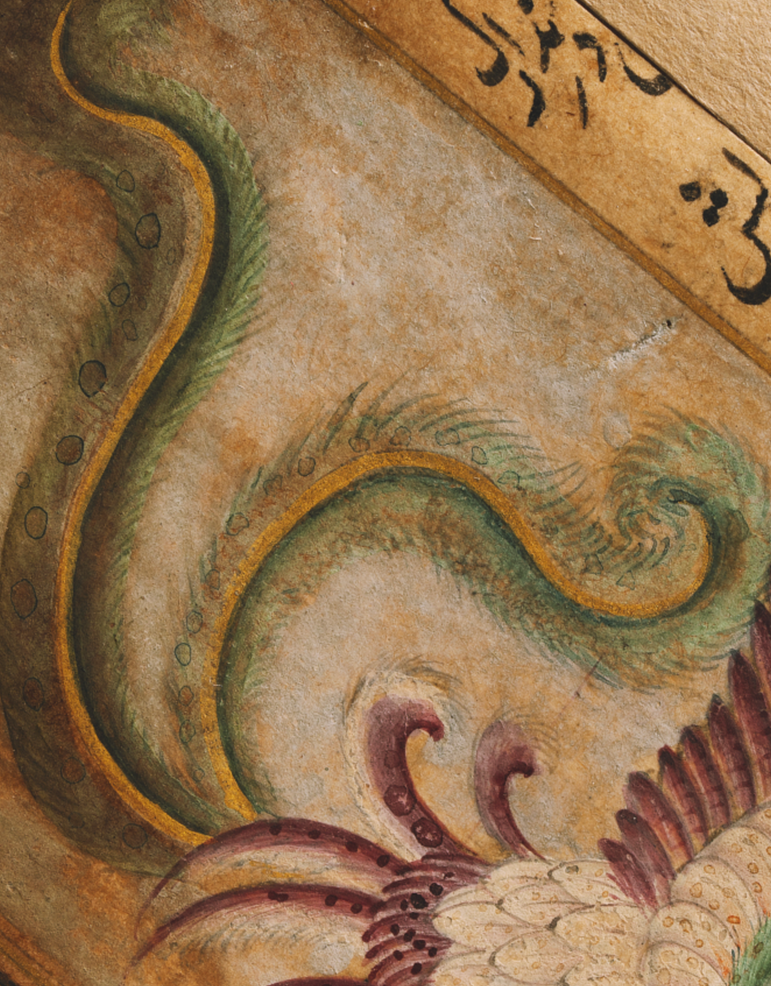
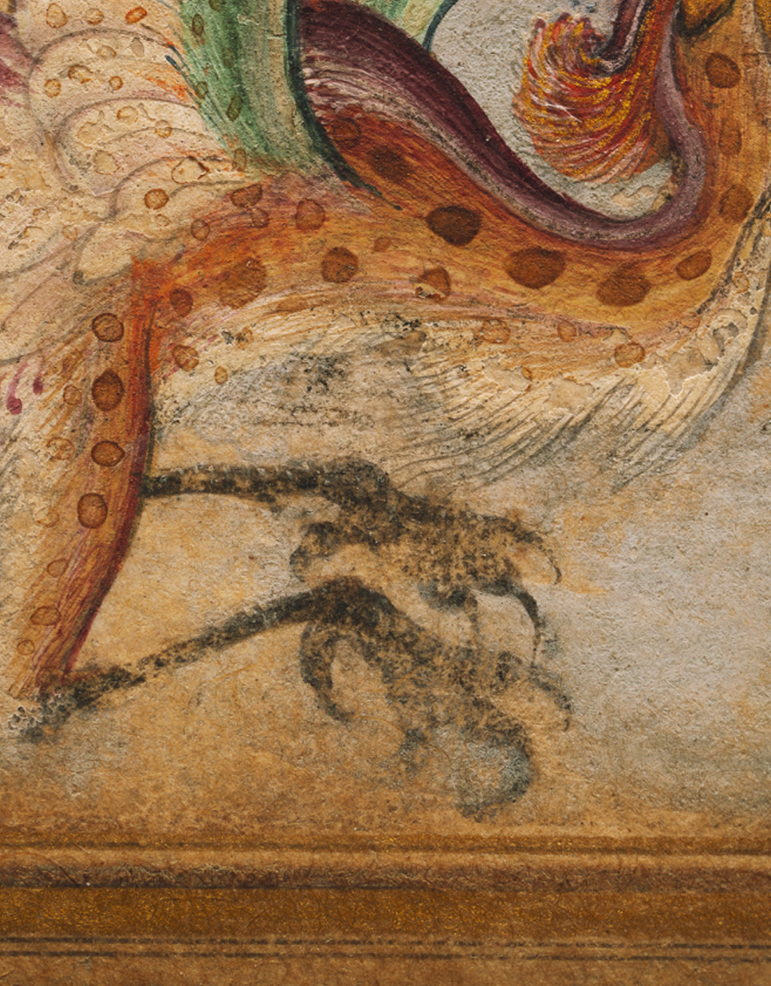
It is a combination of several different birds and animals, with many unusual features.
Hidden Fact
It is said that the Simurgh has been alive for hundreds of years and has the knowledge of all ages. She is known for kindness, healing, wisdom, life and rebirth. In most legends, the heroes would usually come to her for help in times of dire need.
And
did you
know...

IRAN
The Simurgh appears for the first time in stories in Iran. But she has been painted and presented in many ways around the world over many years. Wherever Persian culture travelled, the Simurgh and its stories travelled — Rome, Armenia, Asia, etc.











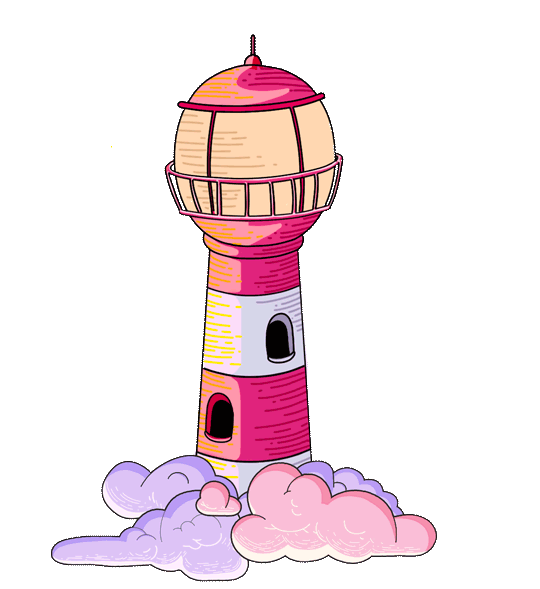

Iran
The Simurgh appears for the first time in stories in Iran. But she has been painted and presented in many ways around the world over many years. Wherever Persian culture travelled, the Simurgh and its stories travelled — Rome, Armenia, Asia, etc.
where it came from
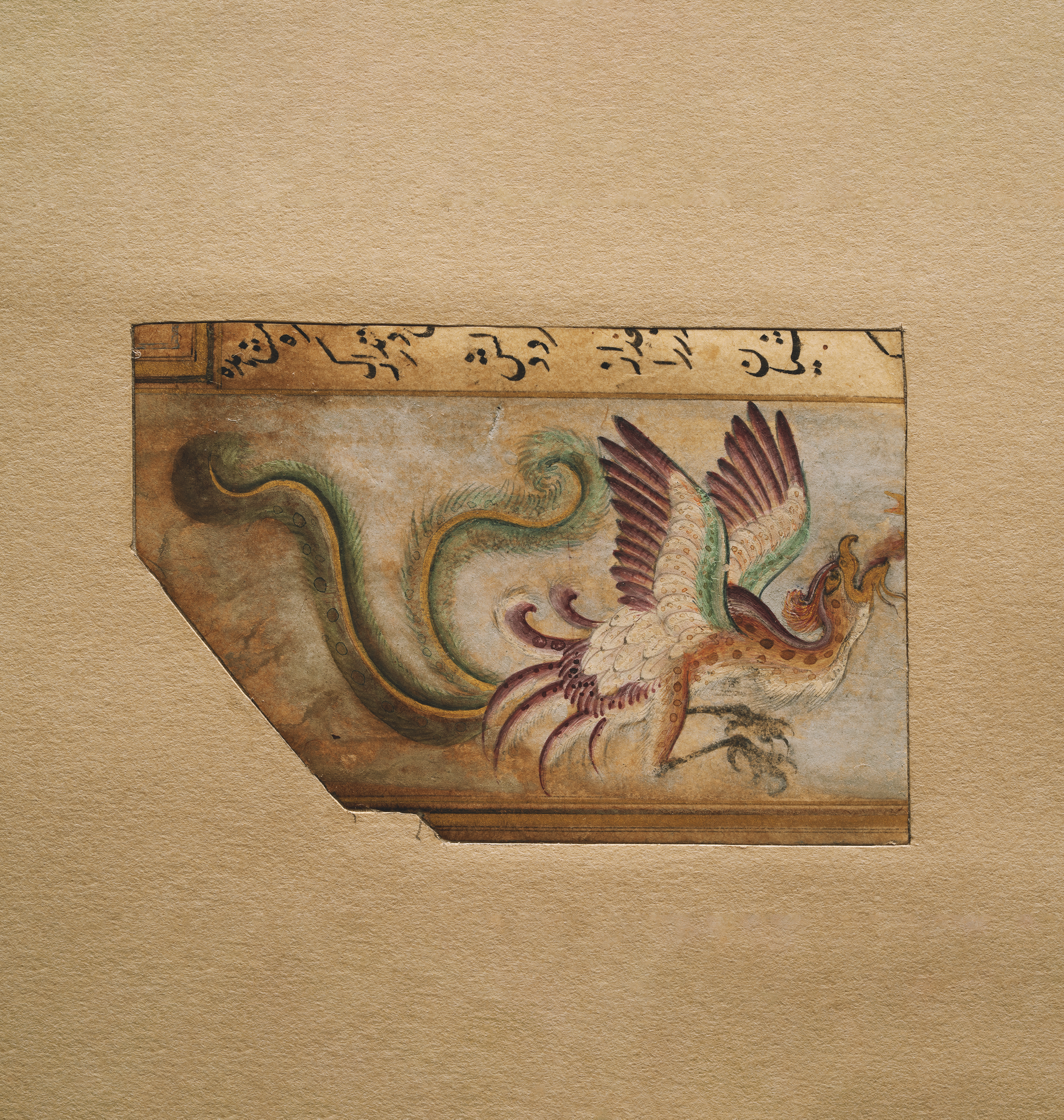

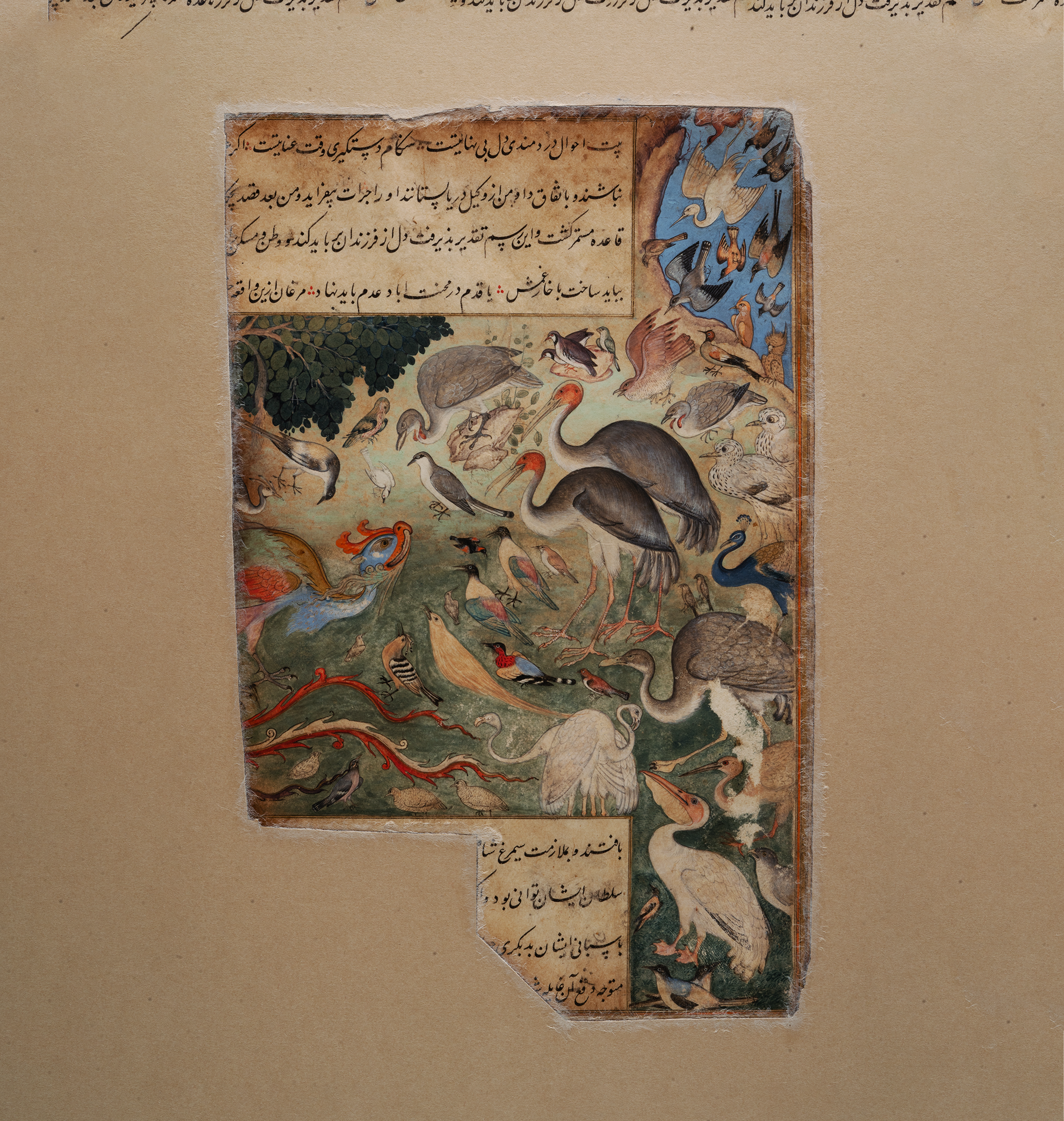
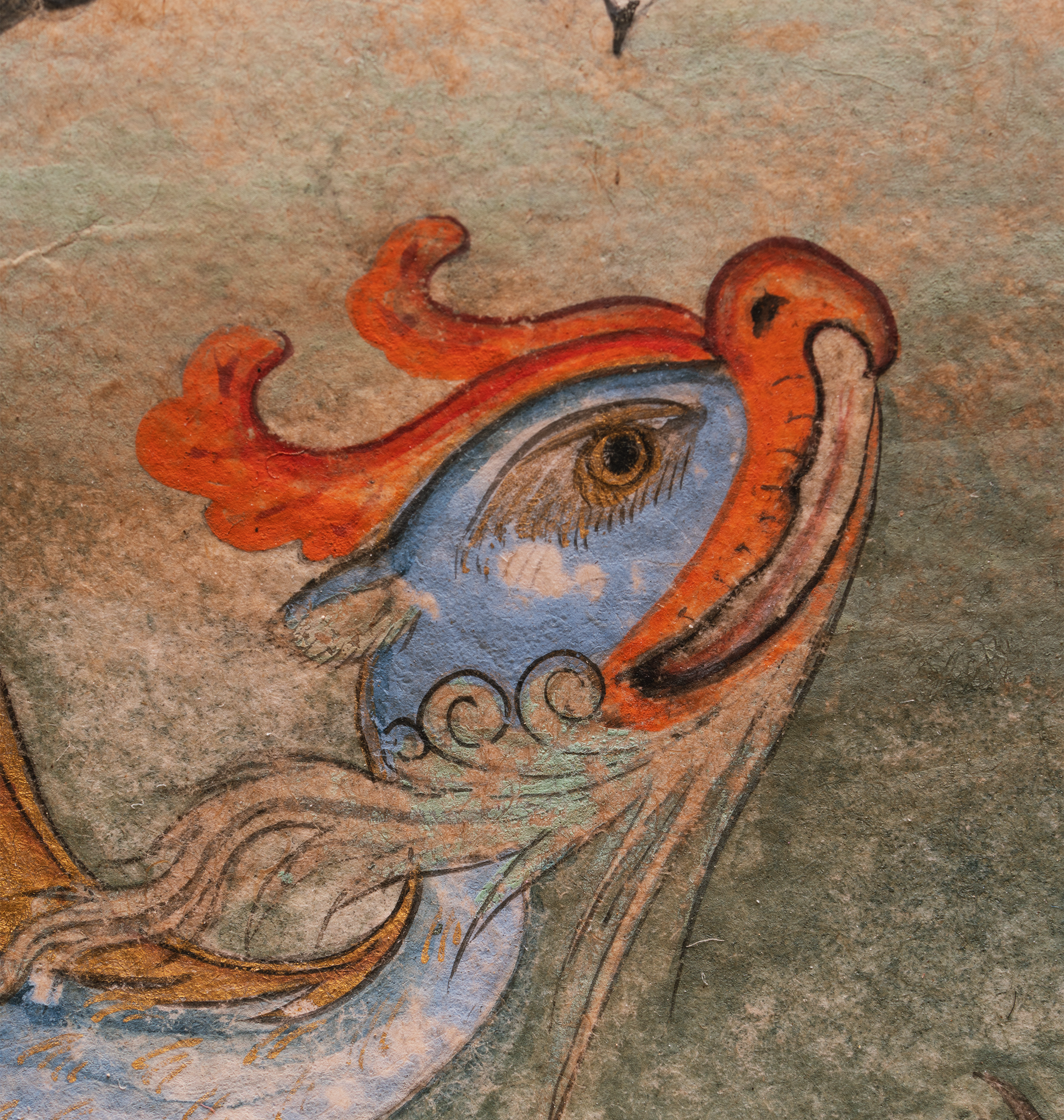
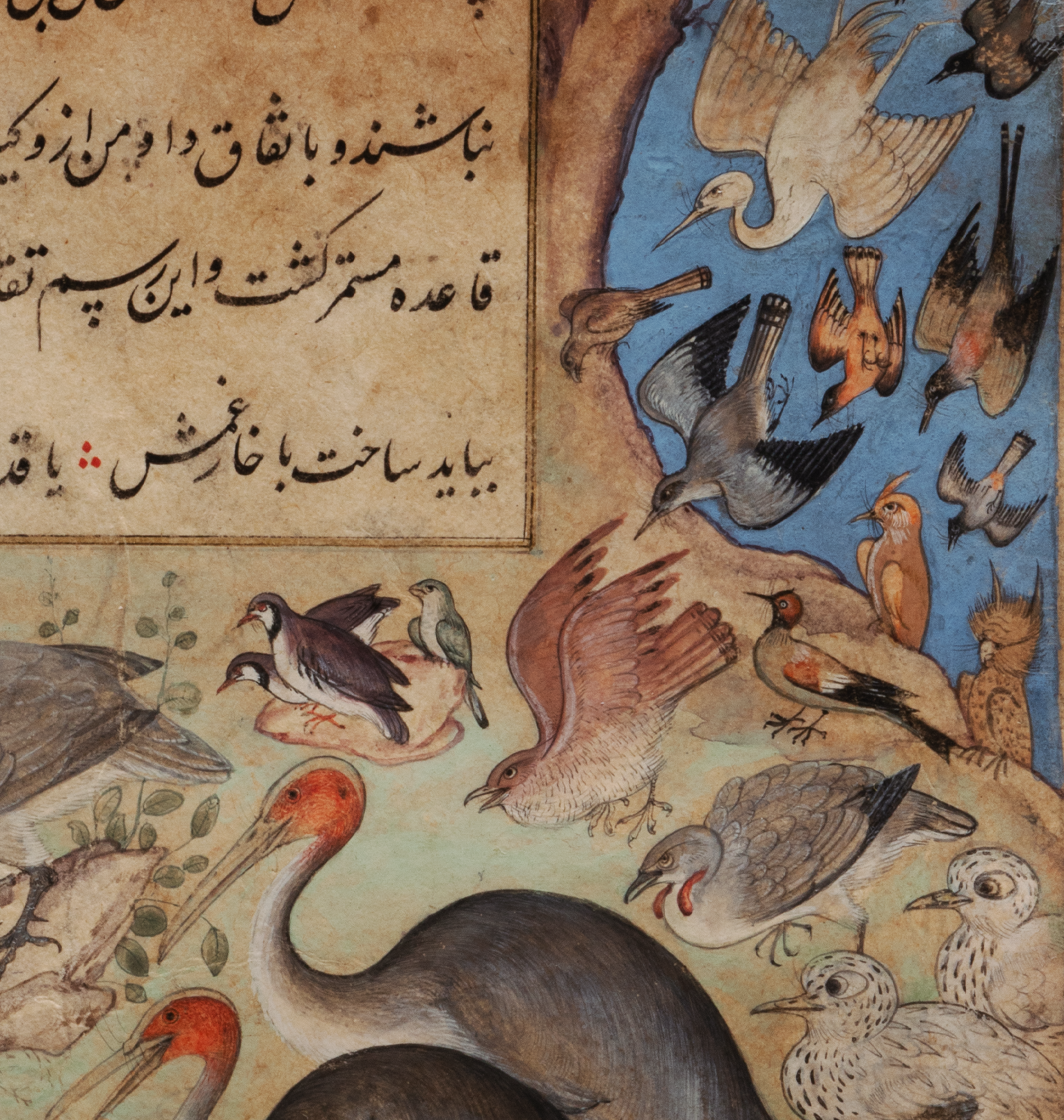

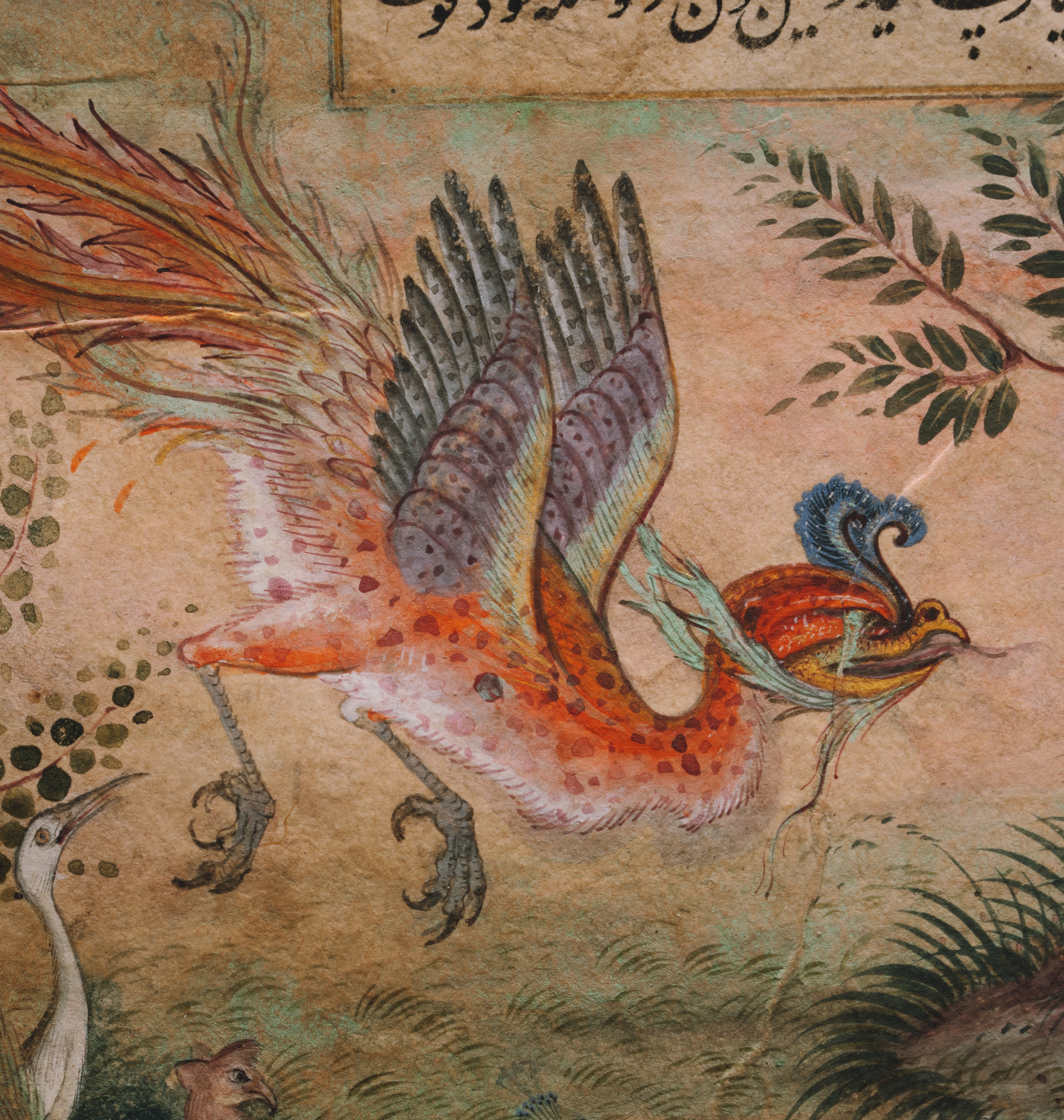
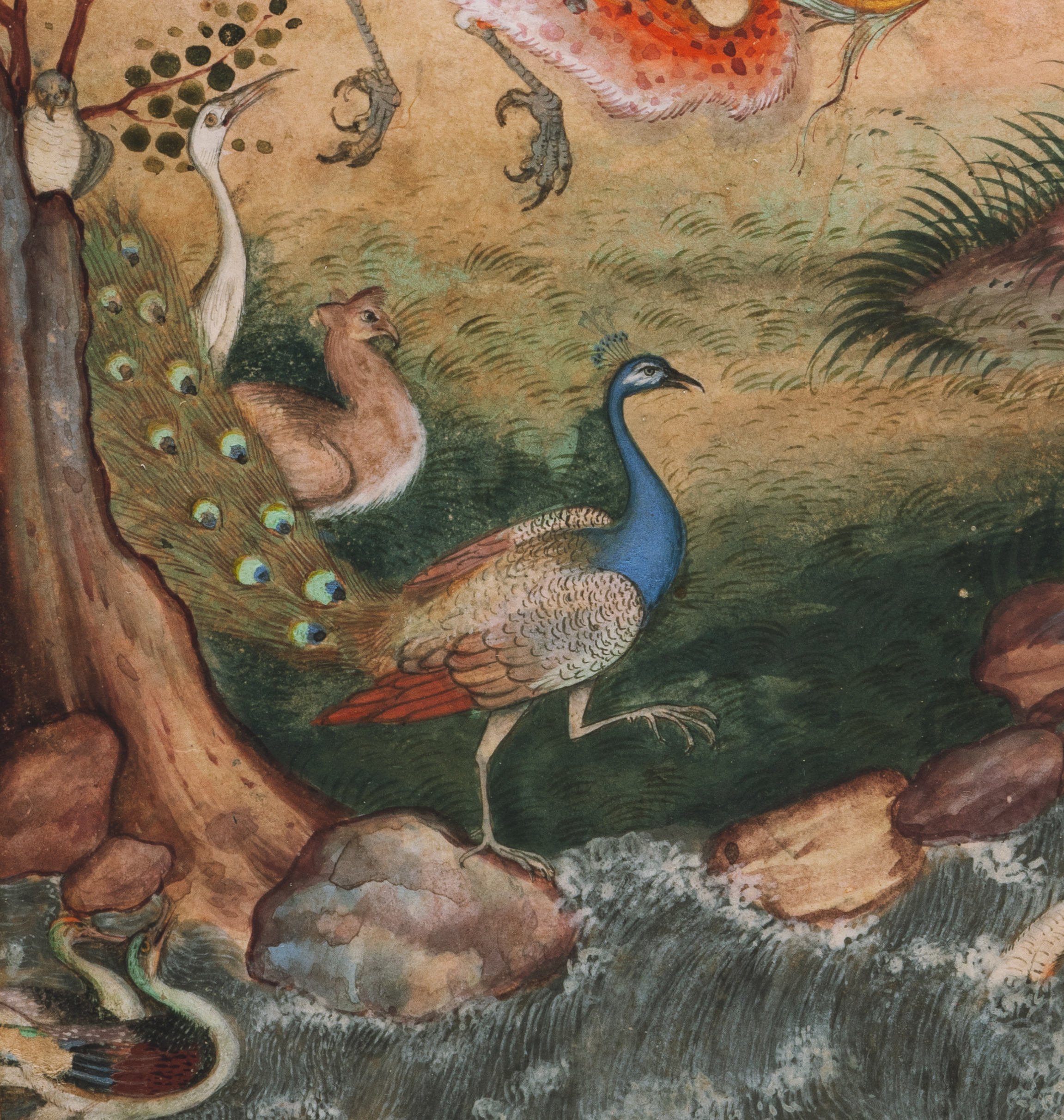
The Anwar
-i- Suhaili
The Anvar-i-Suhaili is a Persian translation of the well-known Indian Panchatantra tales. It was translated by a famous poet and astronomer named Vaiz Kashifi. This story was turned into a hand-painted book for the Mughal Emperor Akbar’s son Salim.
Paintings in the Anwar-i-Suhaili have birds and animals running and chasing, and participating in human activities.

Read the story here
click and drag to Continue reading
The Anwar-i-Suhaili
depicts a story in which the Simurgh saves a tiny partridge from a helpless situation
A partridge lived by a seashore. She laid eggs there one day trusting the sea to be a friend.
The congregation of birds
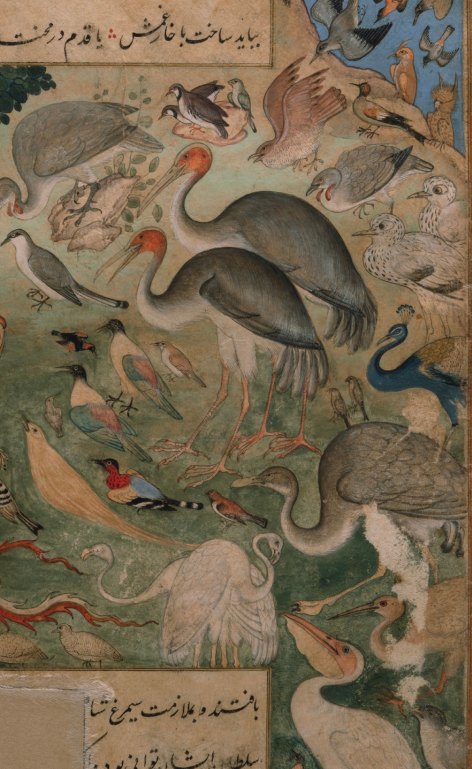
But to her horror, the sea swallowed the eggs, and in spite of her many requests did not return them to her. The partridge decided to challenge the sea and went around asking for help from different birds. Ultimately, all the birds marched to report this to the queen of the birds, the Simurgh.

The Simurgh Speaking with the partridge and other birds

Upon hearing of the heartlessness shown by the sea, the Simurgh offered to help.
She used her wisdom and courage and managed to have the sea return the partridge her eggs.
The drawings in the Anvar -i- Suhaili are very life-like and the artists must have really observed and studied these birds and animals. The painted book is also very complex and beautiful. This shows that it was made under the guidance of a master artist.
ACTIVITY
Some stories suggest that a Simurgh has as many as thirty colours, while others say that she is as large as thirty birds.
Click here